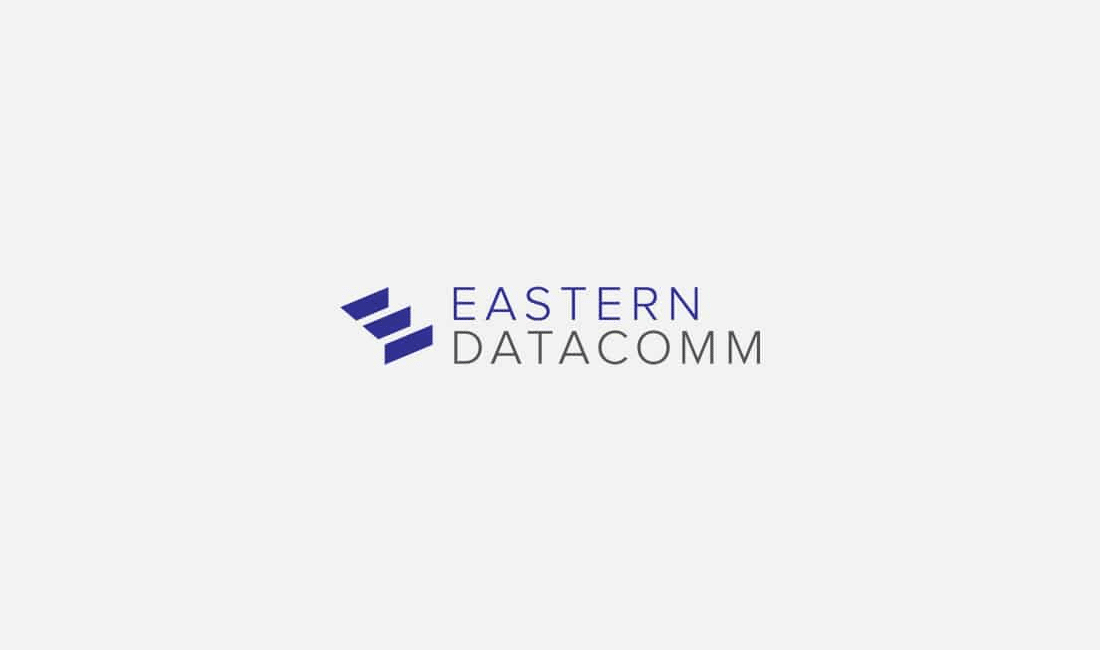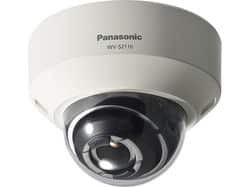Video surveillance consumes a ton of storage capacity and bandwidth. The higher the quality of the video, the more it consumes. For example, 1080 HD video requires as much as 10.5GB of storage per minute of video. This is why video data footage should be compressed. Compression reduces storage requirements by reducing the number of bits in a video file.
There are two types of compression – lossy and lossless. With lossy compression, the video file “loses” data, which can result in lower quality. Video uploaded to the Internet typically uses lossy compressions to minimize the size of the file and maintain a reasonable level of quality.
No data is lost with lossless compression, but the compressed video file is typically the same size as the original file. This is why lossless compression is typically used for file transfers, not to reduce storage and bandwidth requirements.
There are three common data compression standards. MPEG-2 is a lossy compression that can reduce the size of a video file by up to 30 times. It is typically used for DVDs and streaming of video and broadcast TV on mobile devices. The primary drawback of MPEG-2 is that it’s inefficient and requires significant processing power.
JPEG 2000, which incorporates both lossy and lossless compression, requires less processing power and offers better image clarity than MPEG-2. However, JPEG 2000 is also inefficient, and complex textures, lines and curves can result in image quality degradation.
Used by YouTube, Blu-Ray and other popular formats and platforms, H.264 has until recently been the most efficient video compression standard. But H.264 requires even more processing power than MPEG-2 and is sensitive to motion complexity and speed.
The newest standard is the high-efficiency video coding (HEVC) standard. Also called H.265, HEVC is capable of delivering the same quality as H.264 but with half the bit rate at any fixed bandwidth. HEVC is used by Netflix, Amazon and other popular streaming services, and is the optimal standard for video surveillance.
Panasonic’s i-PRO Extreme video surveillance platform, a native, end-to-end HEVC/H.265 compression system, is available in the latest Panasonic cameras, recorders and management software. The i-PRO Extreme platform delivers enhancements in three key areas – compression, visibility and reliability.
HEVC/H.265 compression reduces streaming and storage requirements by about 50 percent compared to H.264 while maintaining high image quality. Panasonic’s Smart Coding technology reduces bandwidth requirements for relatively still scenes. Auto VIQ (Variable Image Quality on Specified Area) automatically analyzes scenes for motion and intelligently reduces bandwidth even further. Combined, the two features improve efficiency by up to 75 percent.
The new H.265-enabled cameras include an H.264 compatibility mode, enabling organizations to migrate portions of their video surveillance system to the new standard at their own pace. Organizations can maximize existing investments in H.264 products while reducing costs and future-proofing their networks.
Panasonic i-PRO Extreme cameras can automatically capture high-quality images, even in poorly lit, constantly changing environments. When in Intelligent Auto Mode, i-PRO Extreme optimizes image quality by automatically adjusting camera settings in real-time according to current scene dynamics and motion. Additional features include color night vision, smart facial coding, auto-failover and robust security.
The right compression technology is critical for high-quality, highly efficient video surveillance. Let us show you how Panasonic’s i-PRO Extreme platform can bring the benefits of HEVC/H.265 to your video surveillance system.









